Vestiges of the Japanese Occupation Overseas
In 'torii', photographer Shitamichi Motoyuki highlights the traces of Japan's imperial efforts, embodied by these abandoned gates.
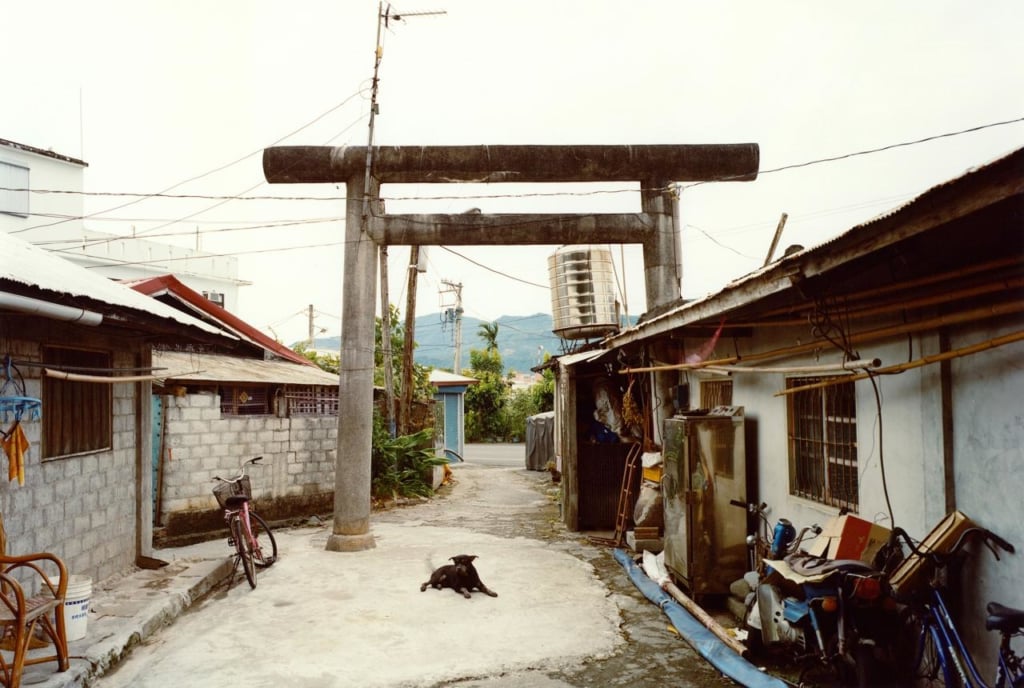
“torii”, Shitamichi Motoyuki
Throughout its history and over the course of its territorial conquests, Japan has left traces of its occupation in its wake, in the form of torii. These large gates, often found at the entrance of Shinto temples and other spiritual places, mark the boundary between the sacred world of the sanctuary and the external world, considered to be secular. These symbols were examined by Japanese photographer Shitamichi Motoyuki in the series torii, published in 2013.
Born in 1978 and a graduate of Musashino Art University, Shitamichi Motoyuki works on contemporary archaeology, particularly the vestiges of war and Japanese occupation. In 2019, he participated in the Japanese pavilion project at the Venice Biennale, alongside an anthropologist, an architect, and a composer, based on the question of the coexistence of humans with the ‘non-human.’
Disappearance of symbolism
The territories where the Japanese authorities built these torii, between the Meiji era (1868-1912) and the end of the Second World War, include the Northern Mariana Islands (USA), Sakhalin (Russia), the historical region of Manchuria (China), Taiwan, and South Korea. Although the torii in South Korea were destroyed after the war, they have remained intact in many other territories, where they are now nothing more than forms with no symbolic dimension. This last point is integral to Shitamichi Motoyuki’s work, in which he researches how the symbolism of a place or a sculpture can disappear.
Since 2006, the artist has visited numerous torii, particularly in Saipan, on the Northern Mariana Islands, where these gates have remained standing in cemeteries. In Taichung, Taiwan, Shitamichi Motoyuki photographed a torii resting on the grass in a park, where it serves as a bench. In Changchun in China, the artist also shows a torii that has found its place above a portico, next to a shop.
An earlier series put together between 2001 and 2005 , entitled Bunkers, reveals how these military shelters have become integrated into the urban environment.
torii (2013), a photographic series by Shitamichi Motoyouki, is published by Michi Laboratory.
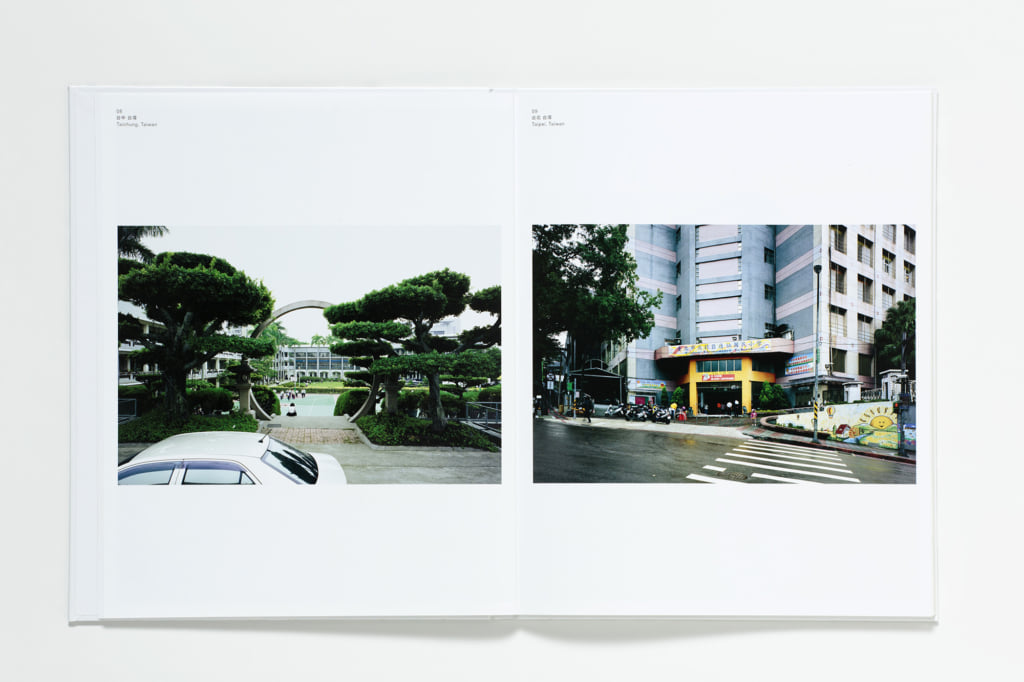
“torii”, Shitamichi Motoyuki
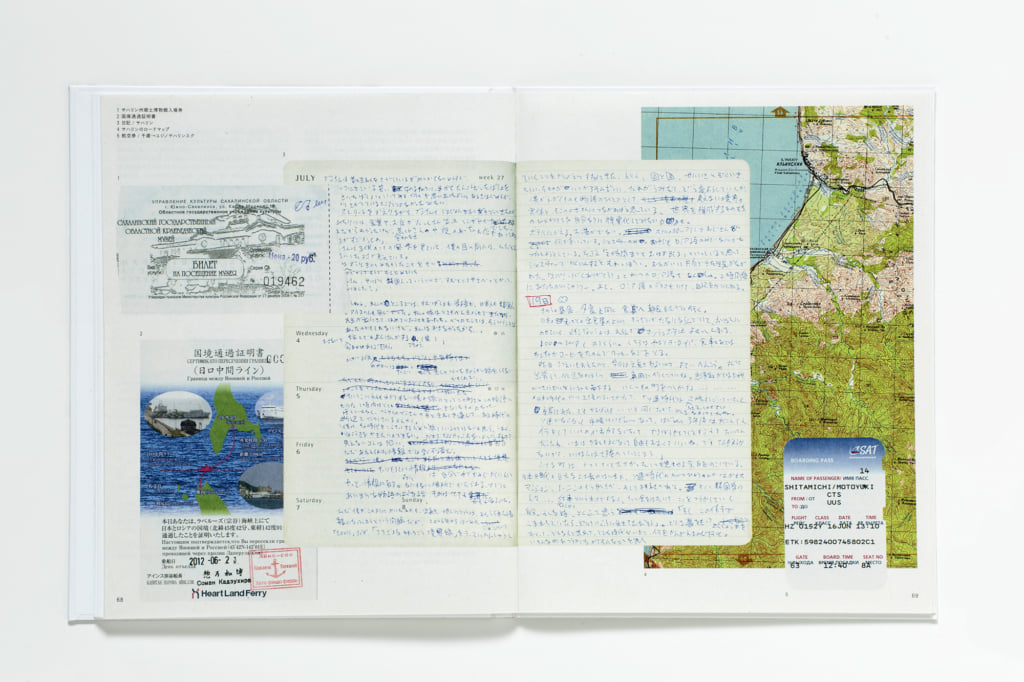
“torii”, Shitamichi Motoyuki
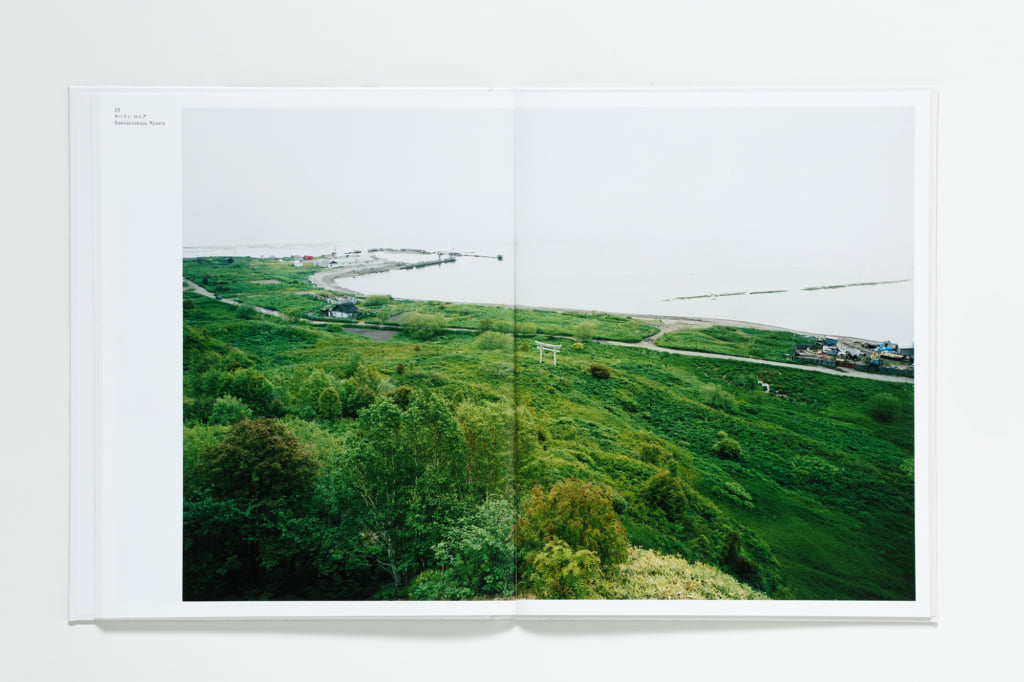
“torii”, Shitamichi Motoyuki
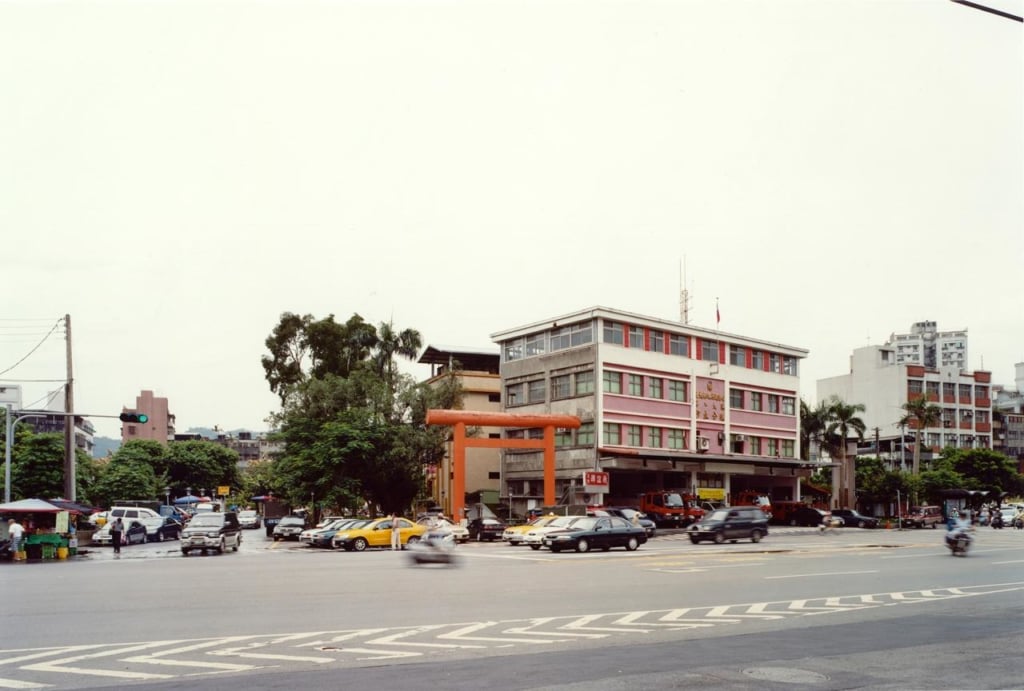
“torii”, Shitamichi Motoyuki
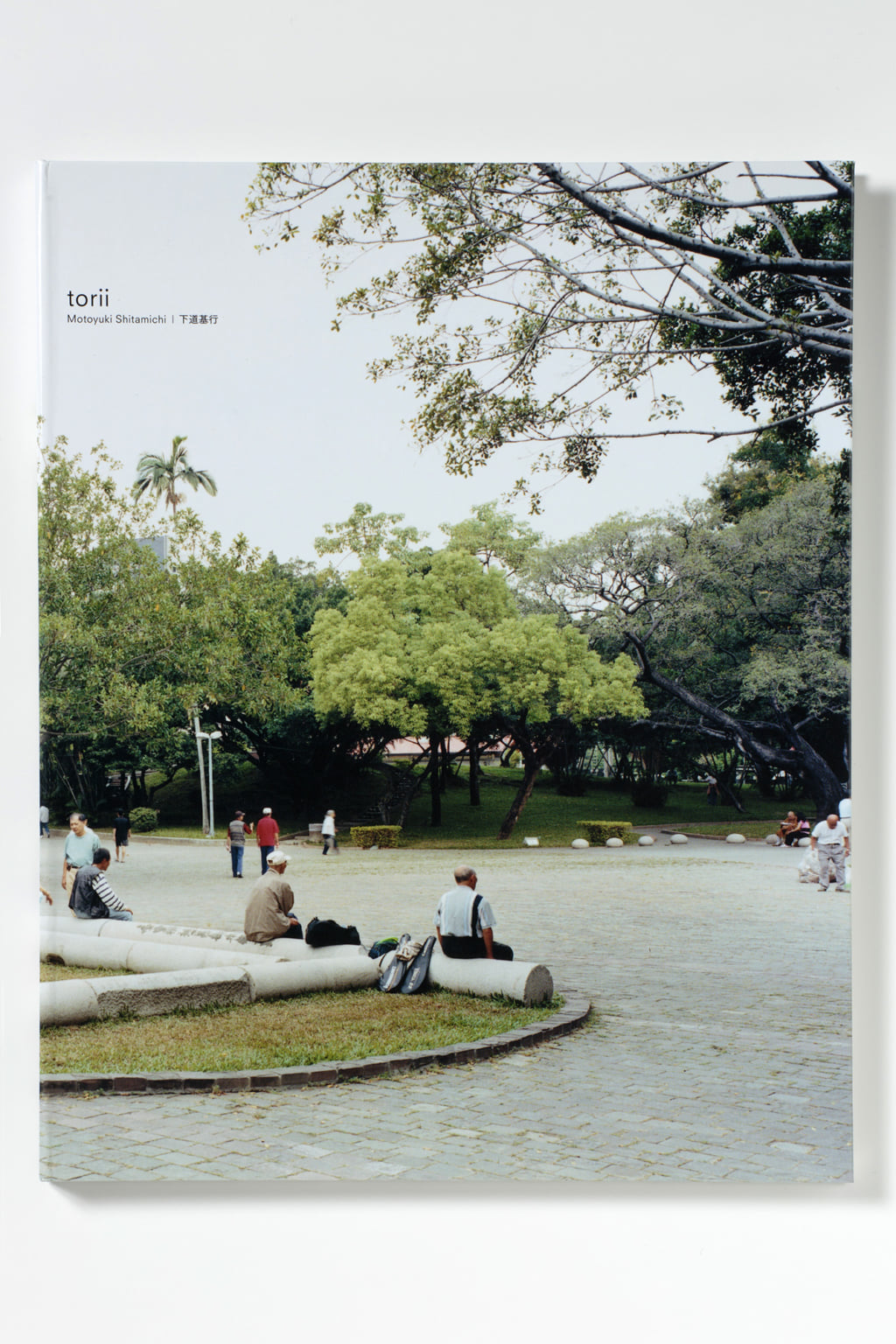
“torii”, Shitamichi Motoyuki
TRENDING
-
A Rare Japanese Garden Hidden Within Honen-in Temple in Kyoto
Visible only twice a year, ‘Empty River’, designed by landscape architect Marc Peter Keane, evokes the carbon cycle.

-
Colour Photos of Yakuza Tattoos from the Meiji Period
19th-century photographs have captured the usually hidden tattoos that covered the bodies of the members of Japanese organised crime gangs.

-
Recipe for Ichiraku Ramen from ‘Naruto’ by Danielle Baghernejad
Taken from the popular manga with the character of the same name who loves ramen, this dish is named after the hero's favourite restaurant.

-
Modernology, Kon Wajiro's Science of Everyday Observation
Makeup, beard shape, organisation of cupboards and meeting places: all of these details decipher 1920s Tokyoites.

-
Hitachi Park Offers a Colourful, Floral Breath of Air All Year Round
Only two hours from Tokyo, this park with thousands of flowers is worth visiting several times a year to appreciate all its different types.





